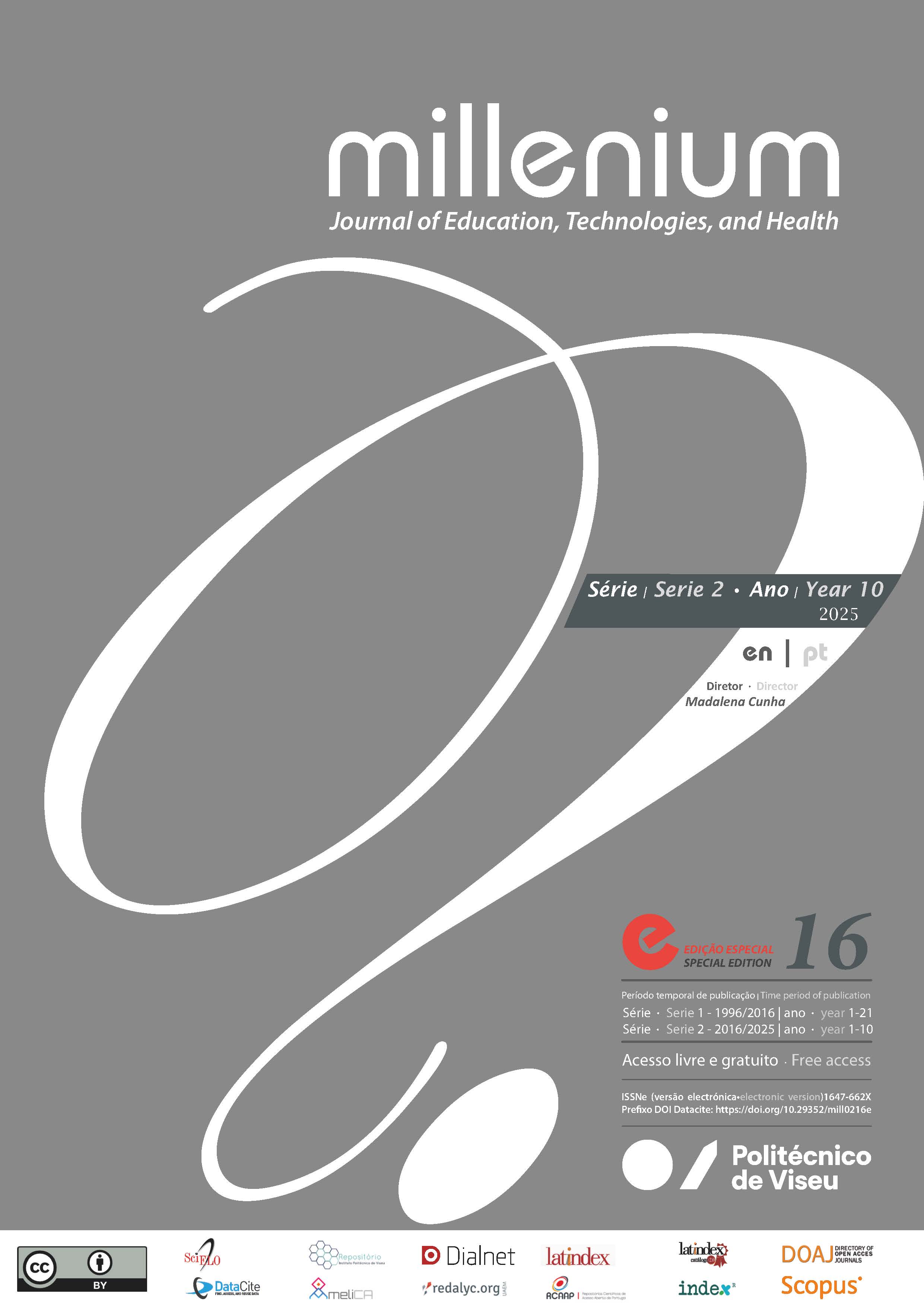The possible impact of pre-transfusion laboratory interference
DOI:
https://doi.org/10.29352/mill0216e.36799Keywords:
laboratory interference; therapeutic plasmapheresis; crossmatch; transfusionAbstract
Introduction: Pre-transfusion tests allow the detection of clinically significant antibodies and the prior compatibility of units to be transfused.
Objective: To describe a clinical case treated with plasmapheresis and immunosuppression.
Methods: Descriptive study of a clinical case of a 55-year-old man, hospitalized for rapidly progressive renal failure, treated with plasmapheresis and immunosuppression to reduce/remove the pathological immune component responsible for interfering with pre-transfusion tests. Daily monitoring of the clinical situation was carried out using laboratory tests of specific blood parameters.
Results: The decrease in antibody titters, due to the action of the immunosuppressants used in association with the TPE sessions, in addition to the clear clinical impact on the recovery of renal function, also made it possible to remove this interference and select the blood units more safely.
Conclusion: It is essential to develop methods that identify and remove pathological substances that could interfere with the compatibility of units to be transfused and, therefore, with transfusion safety.
Downloads
References
Walsh, M., Collister, D., Zeng, L., Merkel, P. A., Pusey, C. D., Guyatt, G., Peh, C. A., Szpirt, W., Ito-Hara, T., & Jayne, D. R. W. (2022). The effects of plasma exchange in patients with ANCA-associated vasculitis: An updated systematic review and meta-analysis. BMJ, 376, e064604. https://doi.org/10.1136/bmj-2021-064604
Fortuny, L., & Thibodeaux, S. (2022). Recognition and resolution of common drug interference in routine blood bank testing. ASCP Case Reports. https://abrir.link/avpsY
Connelly-Smith, L., Alquist, C. R., Aqui, N. A., Hofmann, J. C., Klingel, R., Onwuemene, O. A., Patriquin, C. J., Pham, H. P., Sanchez, A. P., Schneiderman, J., Witt, V., Zantek, N. D., & Dunbar, N. M. (2023). Guidelines on the Use of Therapeutic Apheresis in Clinical Practice - Evidence-Based Approach from the Writing Committee of the American Society for Apheresis: The Ninth Special Issue. Journal of Clinical Apheresis, 38(2), 77–278. https://doi.org/10.1002/jca.22043
Harmening, D. (2019). Modern Blood Banking & Transfusion Practices, 7thedition. F.A. Davis.
Downloads
Published
How to Cite
Issue
Section
License
Copyright (c) 2024 Millenium - Journal of Education, Technologies, and Health

This work is licensed under a Creative Commons Attribution 4.0 International License.
Authors who submit proposals for this journal agree to the following terms:
a) Articles are published under the Licença Creative Commons (CC BY 4.0), in full open-access, without any cost or fees of any kind to the author or the reader;
b) The authors retain copyright and grant the journal right of first publication, allowing the free sharing of work, provided it is correctly attributed the authorship and initial publication in this journal;
c) The authors are permitted to take on additional contracts separately for non-exclusive distribution of the version of the work published in this journal (eg, post it to an institutional repository or as a book), with an acknowledgment of its initial publication in this journal;
d) Authors are permitted and encouraged to publish and distribute their work online (eg, in institutional repositories or on their website) as it can lead to productive exchanges, as well as increase the impact and citation of published work
Documents required for submission
Article template (Editable format)





